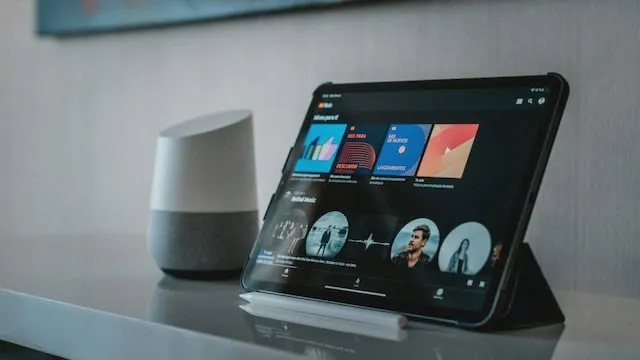YouTube Music has rolled out a new feature that allows users to resume playback between two devices effortlessly, enhancing the platform’s utility in an increasingly multi-device world. Whether transitioning from a smartphone to a smart speaker, or from a tablet to a desktop, users can now pick up exactly where they left off with a single tap. This intuitive cross-device functionality is part of YouTube Music’s broader strategy to deliver a more fluid, user-centric listening experience, aligning itself with competing services that have long emphasized ecosystem continuity.
Bridging the Gap Between Devices
As modern listeners frequently switch between phones, laptops, smart TVs, and voice-assisted devices, continuity of playback has become an expectation rather than a luxury. YouTube Music’s latest update addresses this need by enabling real-time synchronization across signed-in devices, allowing users to resume or control playback seamlessly.
When music is playing on one device, users logging in on another will now see a "Resume Playing" prompt, allowing them to continue the same track without restarting or manually searching for it.
How the Feature Works
This cross-device playback feature leverages Google's device-linking infrastructure. All devices must be signed in to the same Google account and connected to the internet. Once these conditions are met, YouTube Music automatically detects active playback sessions and displays them across devices.
For example, a user listening to a playlist on their Android phone can resume playback on their Google Nest speaker or Chromebook without interruption. Playback history and queue are preserved, making the transition as smooth as possible.
The feature also supports remote control functionality, so users can pause, skip, or replay tracks on one device from another — ideal for managing music during social gatherings or household chores.
Enhancing the Listening Experience
The update is not just about convenience — it’s a strategic enhancement aimed at deepening user engagement. By integrating this functionality, YouTube Music reduces friction points in the listening journey, encouraging users to stay within the Google ecosystem instead of switching to competing platforms that already offer such capabilities.
Moreover, this feature is expected to boost YouTube Music’s utility for users who consume content across devices throughout the day — for instance, listening during a commute on a phone, then continuing the session on a work laptop or smart home device.
A Step Toward a More Cohesive Ecosystem
This development reflects the increasing convergence of hardware and software in tech ecosystems. YouTube Music, backed by Google’s cross-platform architecture, is positioning itself as more than a standalone app — it’s becoming a hub that adapts to users’ lifestyles and digital routines.
As music consumption becomes more dynamic and context-dependent, features like these will likely evolve further, potentially integrating AI-based predictive playback or even proximity-based device switching in the future.
Conclusion
YouTube Music’s new cross-device playback continuity feature is a timely and thoughtful upgrade for a rapidly evolving streaming landscape. By minimizing user effort and maximizing continuity, the platform enhances its relevance in a crowded market. This move not only improves usability but also reinforces YouTube Music’s commitment to creating a seamless, modern listening experience tailored to today’s mobile, multi-screen world.

Comments